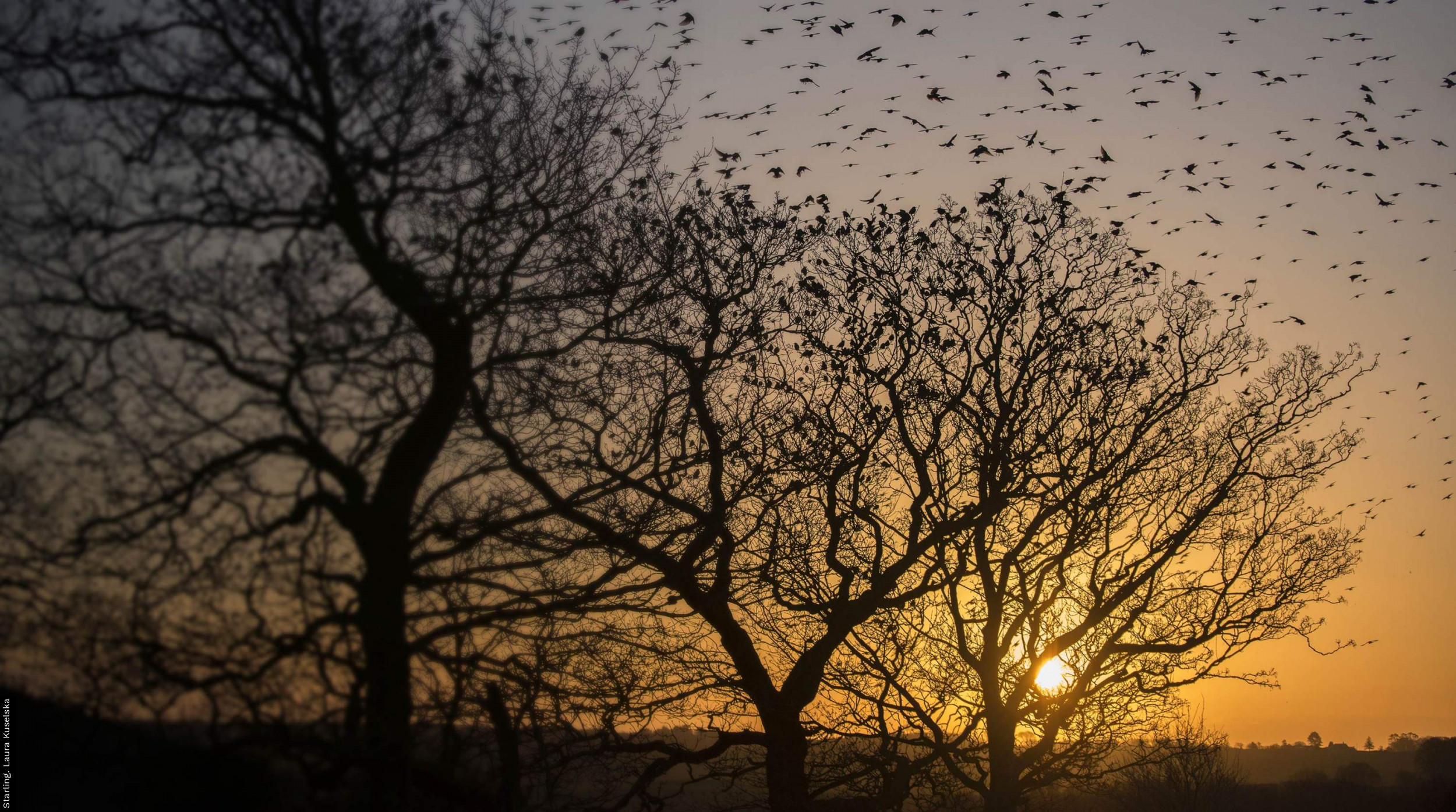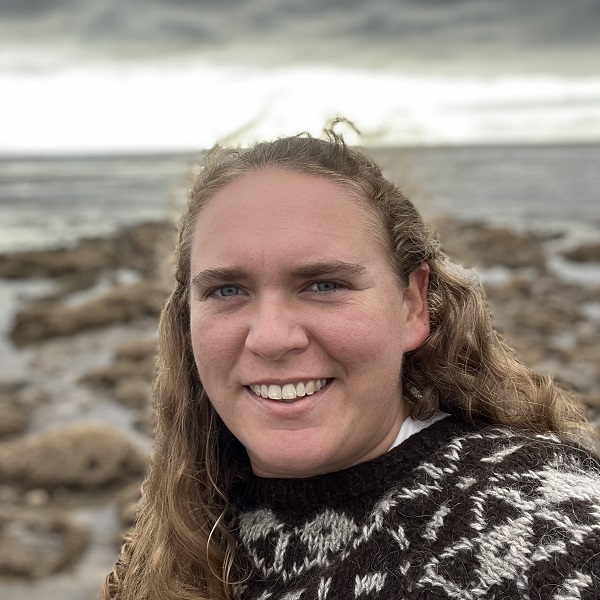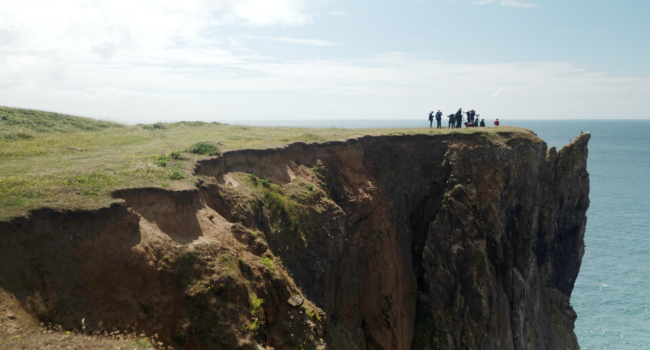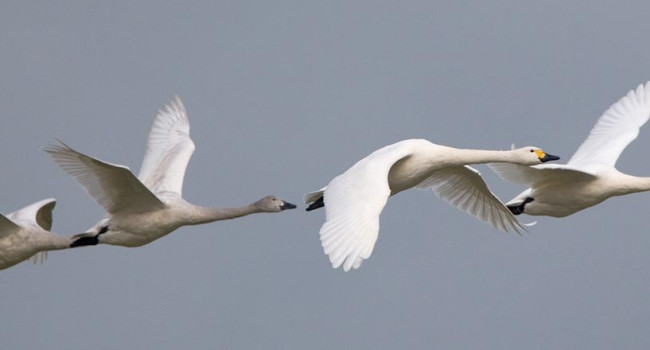Impacts of highly pathogenic avian influenza on seabird populations in the North Sea are detectable in sea-watchers’ migration counts

Author(s): Macgregor, C.J., Gillings, S., Balmer, D.E., Boersch-Supan, P.H., Harris, S.J., Hereward, H.F.R., Humphreys, E.M., Pearce-Higgins, J.W., Taylor, R.C., Troost, G. & Atkinson, P.W.
Published: December 2024
Journal: Bird Study
Digital Identifier No. (DOI): 10.1080/00063657.2024.2440826
The UK's breeding seabird populations were devastated by HPAI outbreaks in 2022 and 2023. In this study, BTO scientists used data collected by volunteer seawatchers and submitted to Trektellen to assess whether such data could detect population changes associated with HPAI.
The study used data for 24 species of seabird collected by observers at 19 sites along the North Sea coast of England and Scotland during the autumn migration period between the years of 2018 and 2023. The analysis revealed changes in migration counts consistent with HPAI declines for Great Skua, Sandwich Tern, Roseate Tern and Black-headed Gull. This result provides evidence that seawatching data can contribute to monitoring the ongoing effects of HPAI in the UK's internationally important seabird populations.
Abstract
Capsule
Sea-watching counts provided evidence of declines in abundance of four seabird species during autumn migration, which were consistent with the timing of highly pathogenic avian influenza (HPAI) outbreaks at colonies and associated large-scale mortality events.
Aims
To test whether the abundance of 24 species of UK-breeding seabirds during autumn migration changed since the beginning of the current HPAI epizootic.
Methods
Using semi-structured sea-watch data submitted to Trektellen, we used a generalized linear mixed-effects modelling approach to test for differences in migration counts before and after the onset of HPAI mortality in each species.
Results
We found evidence for changes in migration counts of four species with known HPAI mortality: Great Skua Stercorarius skua, Sandwich Tern Thalasseus sandvicensis, Black-headed Gull Chroicocephalus ridibundus and Roseate Tern Sterna dougallii. Ten other species with known HPAI mortality showed no difference in migration counts. Of another ten species with no known HPAI in the UK, we found evidence of declines coincidental with the timing of HPAI in two: Great Cormorant Phalacrocorax carbo and Northern Fulmar Fulmarus glacialis.
Conclusion
Sea-watch data can contribute to monitoring the ongoing impacts of HPAI on seabirds. Further investigation and vigilance for future infection is key, particularly as we demonstrated declines in species that had been thought to be unaffected.
Notes
The authors are grateful to the dedicated volunteers at Scoughall, Ferry Hills, Budle Point, Seahouses, Seaton Sluice, Whitburn, Burniston, Scarborough, Filey Brigg, Hunmanby Gap, Bempton Cliffs, Flamborough Head, Spurn Bird Observatory, Scolt Head Island, Weybourne Camp, Sheringham, Cromer, Mundesley and Dungeness who submitted seabird count data through the Trektellen web portal, and they thank them for permission to use the data for this analysis. They also thank Gerard Troost and SOVON for maintaining Trektellen.
















Share this page